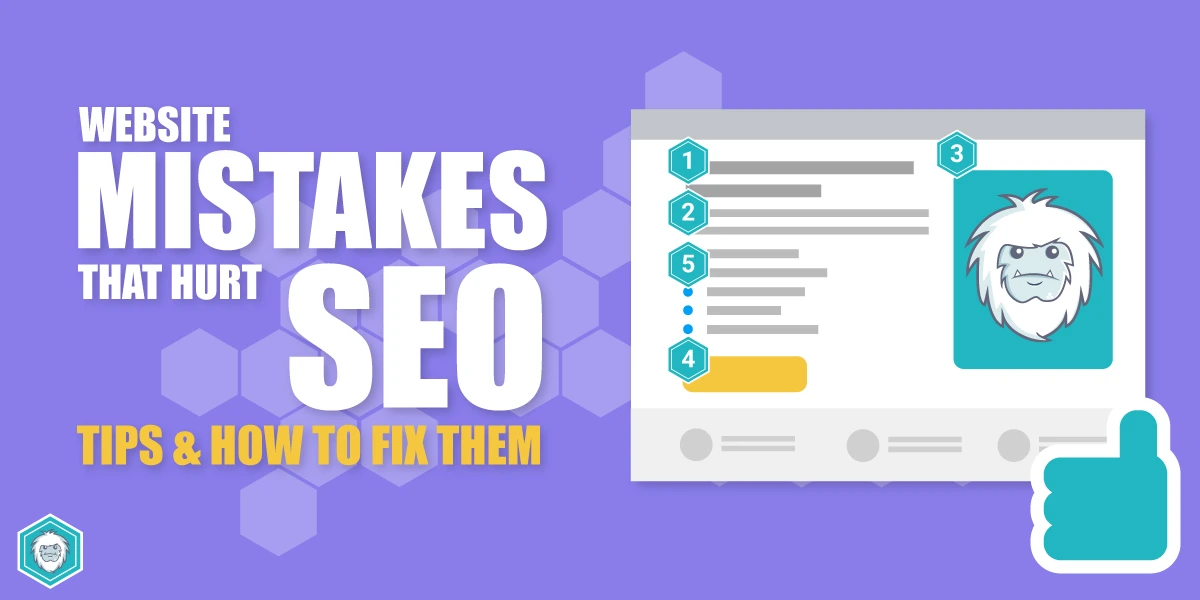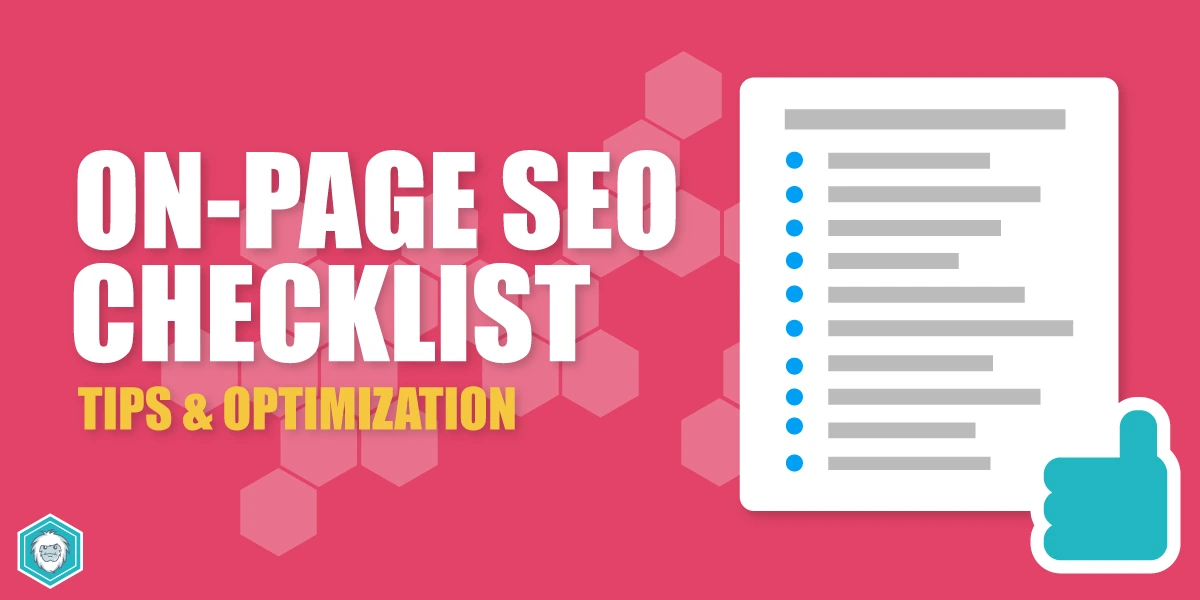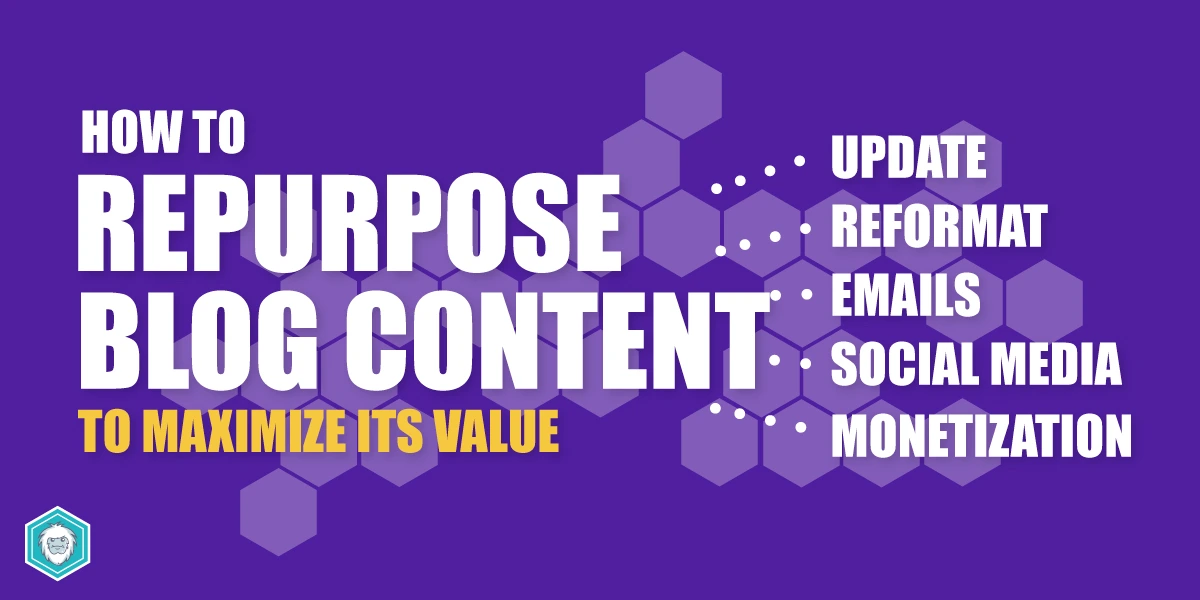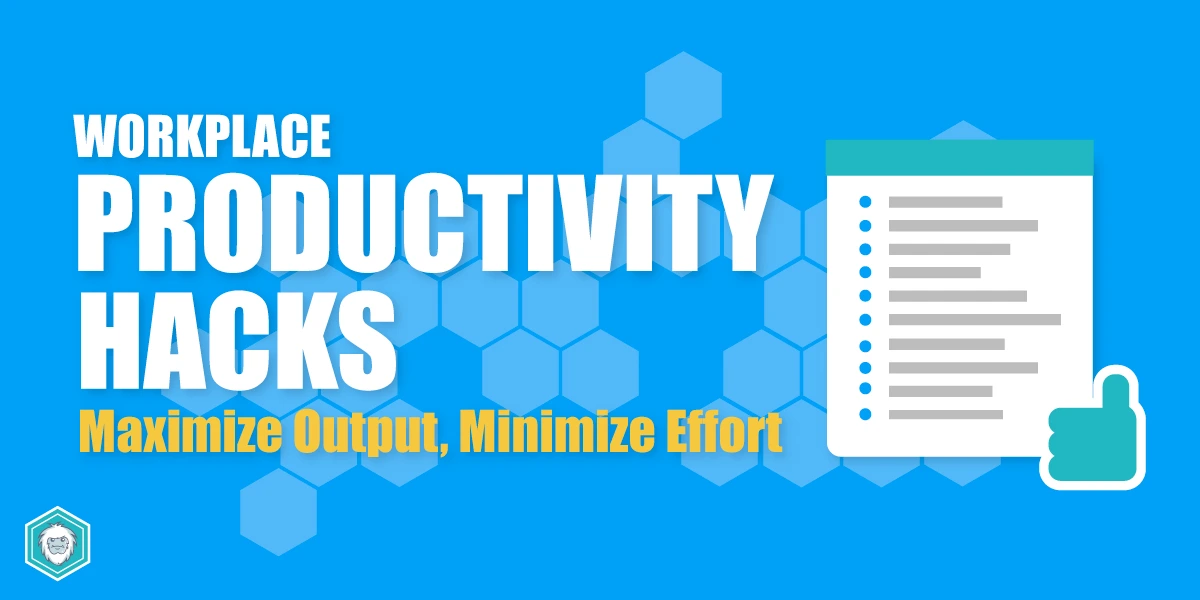What Is a Content Strategy? Examples, Definitions & How to Create Yours
Creating content without a strategy is like going on a road trip without a map. You might eventually get somewhere, but it probably won’t be where you intended and it’ll take much longer. That’s why understanding what a content strategy is (and how to build one that works) is foundational for any online business aiming to grow.
What Is a Content Strategy? (Definition)
A content strategy is a comprehensive plan for creating, publishing, and managing content that aligns with your business goals and meets the needs of your target audience.
It ensures that every piece of content you create whether it’s a blog post, video, email, or social media update has a purpose and contributes to a broader objective.
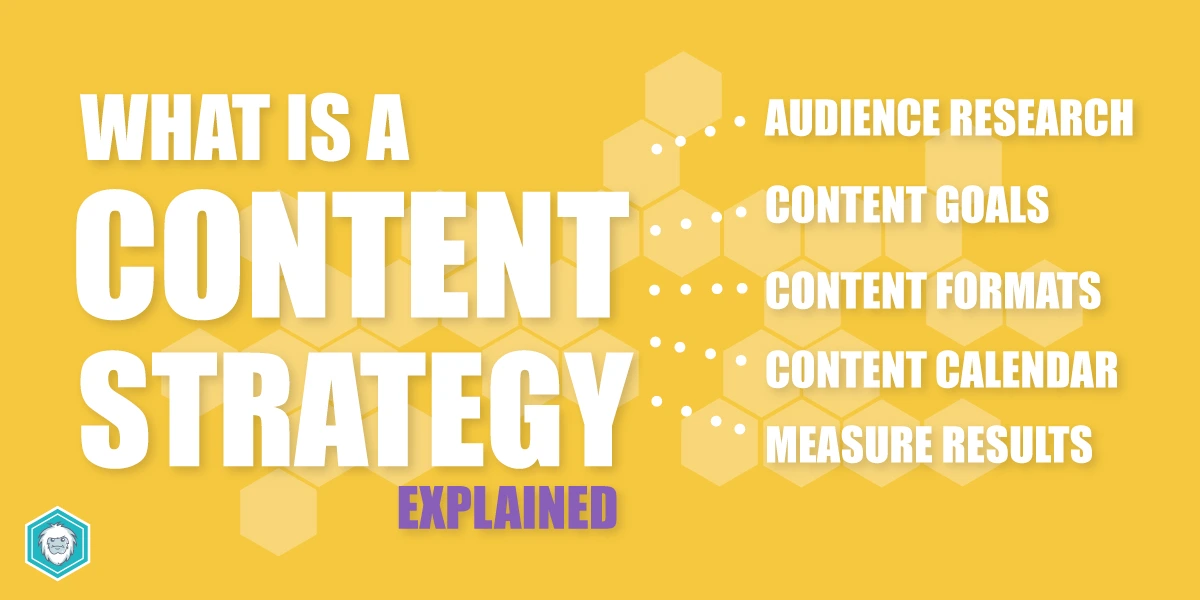
Key components of a content strategy include:
- Audience understanding: Knowing who you’re creating content for.
- Content goals: Aligning content with business objectives like lead generation, brand awareness, or customer education.
- Content formats and channels: Deciding whether you’ll focus on blogs, YouTube, podcasts, or Instagram (and why).
- Content calendar: Organizing when and how content gets published.
- Measurement and iteration: Using data to improve and refine your content over time.
If you’ve ever felt overwhelmed by content creation, it’s likely because you didn’t have a strategy guiding your efforts.
Why Having a Content Strategy Matters
Content isn’t just king—it’s the whole kingdom. In today’s digital-first world, content educates your audience, builds trust, and helps your business stand out in a crowded market. But without a clear strategy:
- You waste time creating content that doesn’t perform
- Your messaging becomes inconsistent
- You miss out on SEO and visibility opportunities
With a solid strategy in place, you gain efficiency, consistency, and better results. It helps you focus on what matters: serving your audience and moving the needle for your business.
Real-World Examples of Content Strategy in Action
There’s nothing better to understand a concept than having a few examples, so here’s how different kinds of businesses can tap into smart content strategies to grow faster and connect better with their audience.
1. SaaS Company:
Our first example is a project management software company. They might regularly share blog posts packed with productivity tips, offer ready-to-use templates, and host live webinars for their audience.
Why do they do all this? It’s part of a smart content strategy designed to position them as experts in their space, attract visitors through SEO, and convert that traffic into leads using valuable gated resources. It’s about being helpful first, then building trust that leads to growth.
2. E-commerce Brand:
Picture an eco-conscious skincare brand. Instead of just pushing products, they might post simple, hands-on Instagram tutorials, highlight authentic stories from real customers, and write blog articles that unpack what’s actually in their ingredients, and why it matters.
Why go this route? It’s not just about creating content for content’s sake, which is where many small businesses fail.
They’re aiming to build genuine trust by educating their audience about the products, not directly selling. This kind of transparency helps to draw more people in, keeping them interested in the product and over time turns casual browsers into loyal customers.
It’s thoughtful storytelling with a purpose.
3. Solo Creator or Coach:
Now think about someone running their business solo, like a coach or content creator. They might sit down once a week to film a video offering real, helpful advice.
Later, they’ll take that same message and repurpose their content into a blog post or email so they can stay in touch with their audience wherever they hang out. It’s a smart way to stay consistent without always starting from scratch.
Why take this approach? It allows them to educate and inspire potential clients consistently, build trust over time, and naturally guide people toward their coaching packages or digital products. The platforms and formats may shift, but the core strategy, which is serving value first, building connections, and offering solutions, stays steady.
How to Create a Content Strategy: Step-by-Step
Step 1: Define Your Goals
Your content should serve a clear, measurable purpose.
No matter if you’re hoping to reach more people, boost your sales, or become a trusted name in your space, having clear goals from the start helps give your content purpose. It makes sure everything you create is working toward something that is measurable.
Common goals include:
- Growing organic traffic: e.g., boosting monthly visitors from 2,000 to 5,000 through targeted keyword optimization.
- Increasing email signups: e.g., adding an exit-intent popup that added 200 new subscribers in one week.
- Building authority in your niche: e.g., guest posting on top industry blogs to earn backlinks and brand mentions.
- Boosting product sales: e.g., using a product demo video on your landing page that increases conversions by 15%.
Start with 1 or 2 primary objectives. This clarity not only keeps your team aligned but also helps you measure success and adjust tactics effectively.
Step 2: Know Your Audience Deeply
Understanding your audience is the cornerstone of effective content. Without it, you risk producing content that doesn’t resonate or alienates potential customers.
Use tools like Google Analytics, surveys, or social media polls to understand:
- Pain points: e.g., struggling to find time to write blog posts while juggling client work.
- Interests: e.g., eager to learn about productivity hacks, content repurposing, and SEO tips.
- Preferred content formats: e.g., 2-minute explainer videos on YouTube, bite-sized tips in Instagram Stories, or downloadable checklists.
- Buying behaviors: e.g., researching multiple tools before committing, favoring brands with free trials, and responding to limited-time discounts.
Take what you’ve learned and turn it into clear, relatable audience personas. These aren’t real people, but they represent your ideal customers. They help you shape your tone, choose the right topics, and pick the best channels so your message actually lands with the people you want to reach.
Step 3: Audit Existing Content
Before creating new content, take stock and evaluate what content you already have. A content audit can uncover hidden opportunities, outdated posts that need updating and gaps in your coverage.
Look at:
- Traffic and engagement stats: e.g., 5,000 monthly pageviews with an average session duration of 2 minutes.
- Conversion rates: e.g., 4% of visitors sign up for the newsletter after reading a blog post.
- SEO rankings: e.g., holding the #2 spot for “content marketing strategy” on Google.
Tools like Ahrefs, Google Search Console, or Screaming Frog help streamline this process. Use your findings to refresh high-potential content, eliminate underperforming pieces, and identify what topics deserve more attention.
Tip: Don’t forget to fix website mistakes that can hurt your SEO.
Step 4: Choose Your Channels & Formats
Put your energy where it really counts. Instead of trying to be everywhere at once, focus on the platforms your audience actually uses.
Start by doing some digging. Check where your competitors are active, ask your audience directly through polls or surveys, or review your analytics to see where engagement is highest.
Once you’ve got some insights, choose one or two primary platforms to prioritize.
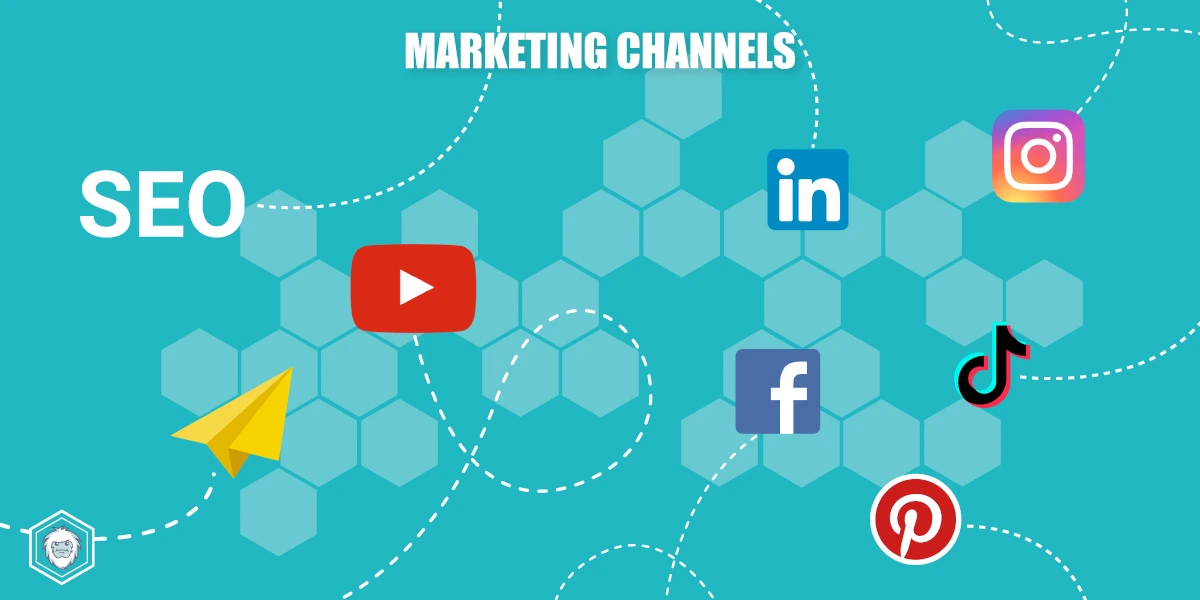
Options include:
- Blog + SEO: e.g., publishing a weekly how-to article optimized for “remote work productivity” to attract organic traffic.
- Email marketing: e.g., sending a bi-weekly newsletter featuring exclusive tips and a free downloadable template.
- YouTube or podcasting: e.g., releasing a 10-minute podcast episode interviewing industry experts on content trends.
- Social media: e.g., sharing daily Instagram Stories with behind-the-scenes content and quick tips.
Next, figure out what types of content you’ll create.
Think how-to guides, case studies, behind-the-scenes looks, or even quick tips. Focus on formats that play to your strengths (like writing, video, or visuals) and match what your audience actually enjoys consuming. That’s the sweet spot for strong engagement.
Step 5: Build a Content Calendar
A content calendar is your secret weapon for staying organized. It adds structure to your workflow, which keeps your publishing consistent and helps you avoid those last-minute scrambles (You know what I’m talking about). Plus, it makes it easy to see what’s coming up and track how everything’s moving along.
Aim to plan your content at least a month ahead. If you’re a small team, it can be hard to do, but thankfully, there are a few tools like Notion, Trello, or Google Sheets that can help you:
- Assign publishing dates: e.g., scheduling the next blog post for June 1st and the follow-up email for June 3rd.
- Track progress: e.g., marking drafts as ‘in review’ and completed pieces as ‘published’ in your project board.
- Coordinate with your team (if applicable): e.g., tagging your designer on Trello to create featured images two weeks before publish date.
Add key events, product launches, and seasonal trends to your calendar to ensure your content remains timely and strategic.
Step 6: Create, Publish, Promote
Step 6 is where things finally start to take shape. You’ve put in the work, dug into the research, mapped out your plan, and now it’s time to roll up your sleeves and start creating.
Picture it like chatting with someone who really needs what you offer. What would you say to help them out? How can you share it in a way that feels natural, easy to follow, and maybe even enjoyable to read or watch? That’s the vibe you’re going for.
And once it’s out in the world, don’t just cross your fingers and wait for people to find it. Get it in front of them. Send it to your email list, talk about it on social, and look for simple ways to reuse parts of it elsewhere. Relying only on organic reach is like whispering in a noisy room, you’ve got to amplify your voice and impact.
Make sure each piece is optimized for SEO, includes an attention-grabbing headline, and has a clear call-to-action (CTA). And remember, its totally okay (and smart) to promote the same content more than once to get it in front of more people.
Step 7: Analyze and Iterate
This is the part where you turn good into great. Ongoing improvement is what keeps your content strategy sharp and aligned with what your audience actually wants and what your business needs.
By regularly reviewing how your content performs, you can spot what’s working, fix what’s not, and make smarter decisions moving forward. Checking in each month helps you stay on track and make sure your efforts are driving real results.
When you sit down to review, ask yourself:
- What content performed best?: e.g., your ‘Top 10 Productivity Hacks’ infographic received 300 shares and 150 comments.
- What brought in leads or sales?: e.g., the free ‘Content Calendar Template’ download generated 75 new email subscribers.
- What topics or formats are resonating?: e.g., video tutorials on SEO basics get 40% higher watch time than text-only guides.
To help you find the information you need, you can use website analytics tools, or your social media stats to gather insights on how your content is performing.
Once you’ve got the data, look for patterns in which type of content performs best and opportunities to improve. Then, it’s time to tweak your content calendar, switch up your marketing channels, or fine-tune your messaging to get better results as you go.
It’s all about testing and making small, smart adjustments that add up over time.
Summing Up: Make Your Content Strategy Your Superpower
Content creation can feel chaotic without someone guiding the way. A clear content strategy saves time, reduces stress, and helps to drive meaningful results.
Whether you’re a solopreneur or growing a small business, having a focused content plan in place is the foundation of successful marketing.
When you take time to align your content with your business objectives, you transform your content from a time-consuming chore into a growth-generating machine.
You move from guessing what content to create to knowing exactly what content your audience is looking for and what resonates with them in a measurable way.
Much like SEO strategies, content strategy isn’t a one-and-done task. It’s an evolving process that grows with your business. Revisit it often, tweak what isn’t working, double down on what is, and always put your audience at the center of every decision.

